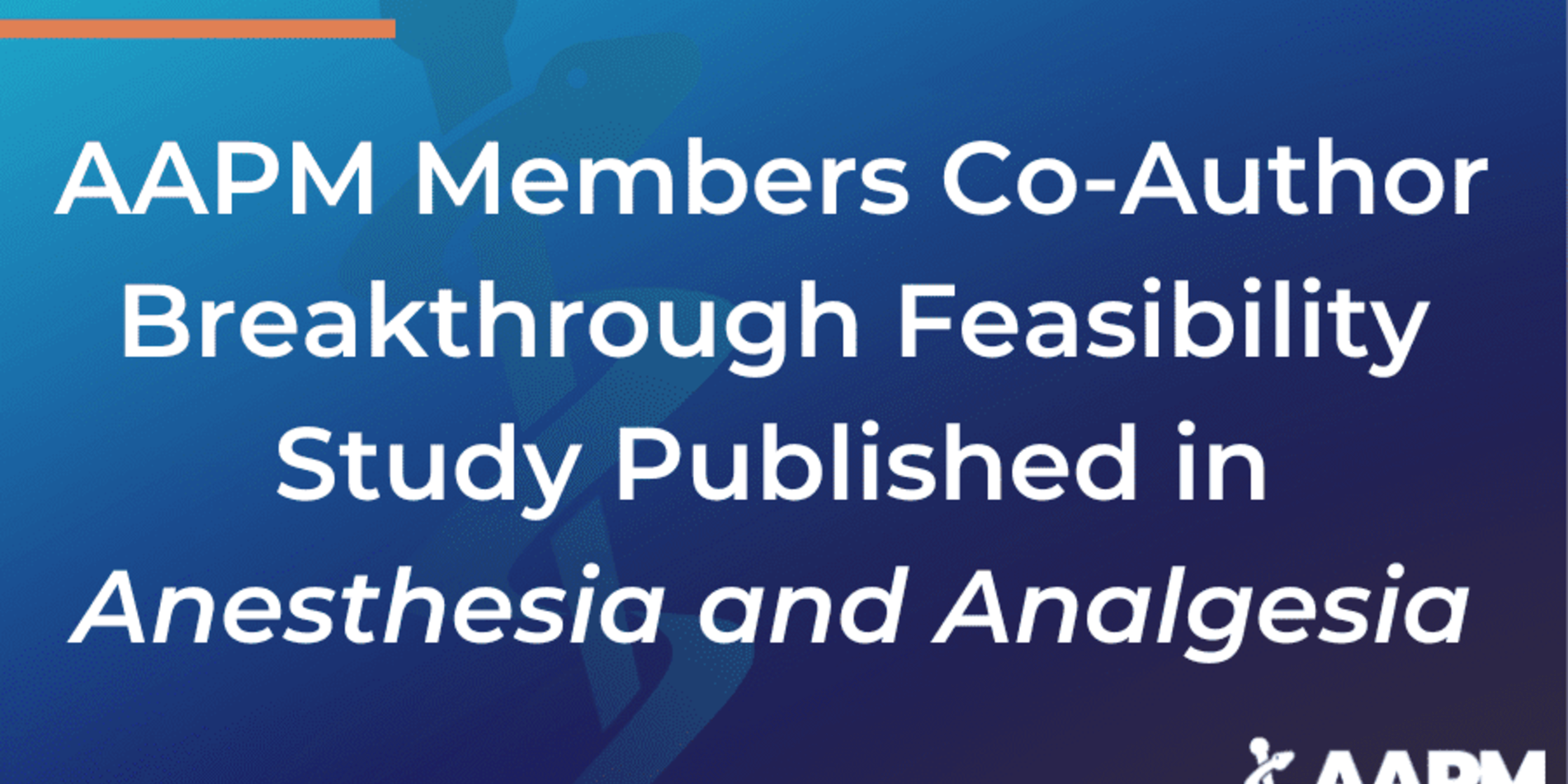In a time of misinformation and soaring expenses, it’s more important than ever to take control of your health. Nearly one in three people experience pain, the Institute of Medicine reports, and we spend over $500 billion per year on treatment for uncontrolled pain.
Knowledge is power, so we’re excited to share the 2024 edition of the ACPA-Stanford Resource Guide to Chronic Pain Management, created with the American Chronic Pain Association. If you’re living with pain, consider this a free tool to get reliable answers for questions you may have. This guide is a useful resource for health professionals treating patients, too.
Our guide offers comprehensive, multi-faceted approaches to chronic pain management authored by experts in the field and without commercial influence. This guide tackles both broad and narrow topics, from pain types to music’s healing benefits. While this guide will continue evolving, the underlying “person-centric” philosophy will never change.
Why read this guide?
People with chronic pain benefit from being well-informed about their treatment. Educating yourself can help reduce fears you may have about your treatments, manage your expectations, and even lead to better outcomes.
As we all know, information is now available on almost every topic on the Internet. Ever Googled your symptoms, only to be terrified by the diagnosis that pops up on the computer screen? Finding information is easy, but finding reliable answers to your questions can be tough. The growing habit of turning to AI for answers has only inflamed concerns about online misinformation.
Luckily, our guide incorporates information from a variety of credible sources and aims to support your unique situation. Are you a parent wanting to support a child suffering from pain? Do you struggle with pelvic pain? Are you pregnant and hoping for a safe childbirth? We explore all three situations and much more. Let’s dive into some excerpts below to get a sneak peek of what you can learn from this guide.
What does successful pain treatment look like?
Imagine a car with four flat tires, going nowhere. That is what life can look like for someone whose life has been radically changed by chronic pain. Medical treatment only puts air in one of our tires…but we have three more to fill up to move forward. The ACPA’s definition of successful treatment of a person with chronic pain is that “the person has learned how to independently self-manage his/her condition in a way that allows life to continue, maximizing participation in everyday life activities, minimizing discomfort and side effects, and avoiding other bad consequences of treatment.”
It’s important to keep in mind that successful treatment doesn’t mean pain-free. Rather, successful treatment means being able to manage pain, improve daily function, and lead a productive, happy life.
So, how can we fill our other three tires? Unlike traditional medicine where the patient is a passive participant, living a full life with pain requires us to take an active role in the recovery process. The individual needs to work with his or her healthcare professionals to get what is needed to fill up the other three tires.
Once we have all four tires filled, we must own the maintenance of our car. We would not take our car back to the dealer and ask them to fill it up with gas or wash our windshield. Taking good care of our car is our responsibility. We take our vehicle in for inspections and if something goes wrong, we go to a professional. It is the same with our wellness. Living a full life despite chronic pain is a team effort, with the patient being an active player.
Types of pain treatments
Stanford Pain Medicine applies six broad categories of therapy. Not every person needs support from all the below categories, though. Some may be able to get by with one or two. In complex cases where long-lasting pain wields a deep impact, we find that the team-based approach is most effective.

- Medications
Pain specialists generally recommend non-opioid medications - Interventional Procedures
Examples include epidural steroid injection for nerve impingement, spinal cord stimulation for neuropathy, and brain stimulation for CRPS - Psychological/Behavioral Approaches
Support groups, coping skills classes, and meditation all fall under this category - Physical Rehabilitative Approaches
Consider active physical therapy, restorative movement groups, and active physical therapy - Complementary and Integrative Medicine Approaches
This approach involves selecting a tailored set of techniques best suited to a particular person - Self-Help Strategies
These strategies emphasize empowering the patient to take control of their pain
We welcome your feedback on the guide and any suggestions you have for the next edition. Share your thoughts with us at stanford-acpa-pain-guide@lists.stanford.edu. We may not be able to respond directly to your feedback, but we read each message carefully.
While we can’t promise this is a perfect resource guide, we hope it empowers you to live your fullest life. Pain often doesn’t have an easy fix and it demands individualized care. Remember that you’re your best advocate and your pain experience is valid, no matter how it differs from others.




